Perri Cutten: A Timeless Legacy in Fashion
Remembering Perri Cutten: A trailblazing Australian fashion designer whose timeless elegance and...
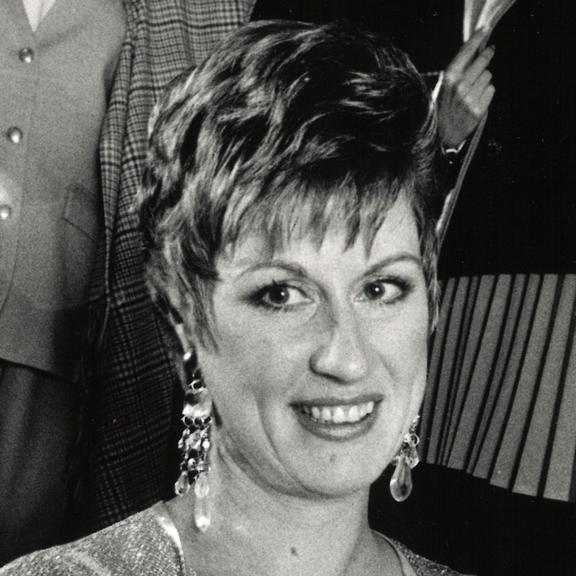
 Search...
Search...
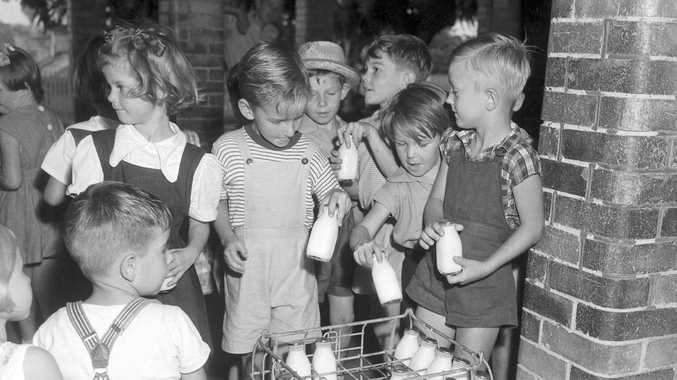
It is the 1950s. The kids are sitting in the front room listening to Louis Armstrong serenade "A Kiss to Build A Dream On". They play scrabble on the carpet waiting for Dad to come home. His FX Holden Sedan rolls into the driveway after a long day of work and Mum puts the finishing touches on tonight's dessert with fluffy cream whipped with her new mixer.
The decade following World War II saw the dawn of the Australian 'suburban dream' with the emergence of suburbs of grassy blocks and detached houses. The 1950s heralded rapid change for Australian society as it battled with a recession and to some, will always be remembered as an era of family-focused values and innovative labour-saving devices in the home. Jog your memory or learn something new with some of these hallmarks of the 50s.
1. Robert Menzies was Prime Minister
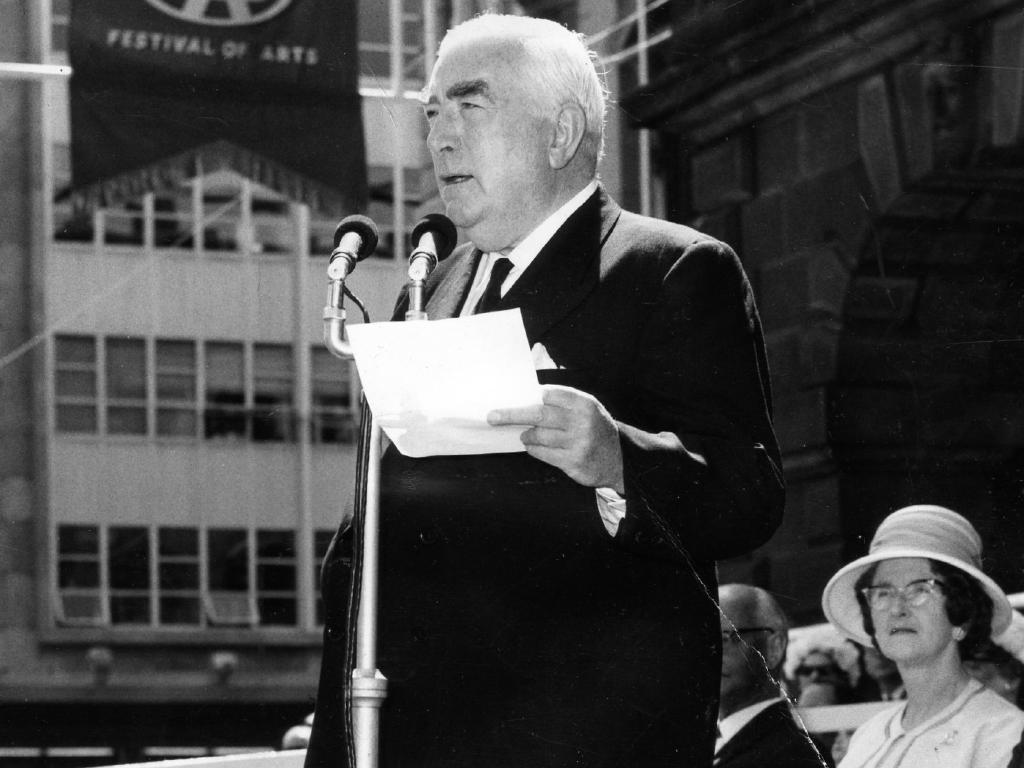
From humble circumstances with an intelligence that awarded him scholarships for first class high school and university educations, Robert Menzies is Australia's longest serving Prime Minister. He served a total of 18 years and 5 months in office from 1939 to 1941 and again in 1949 to 1966. Not only was he the Prime Minister that completed the plan of Canberra and the construction of Lake Burley Griffin, he was also the first Australian Prime Minister to fly overseas and he started the 'Prime Minister's 11' cricket match. Although being known as an extreme monarchist, Menzies' time as Prime Minister was characterised by his strengthening of Australia's defence alliance with the United States.
2. Queen Elizabeth II and Prince Philip arrived on their Royal Tour in 1954
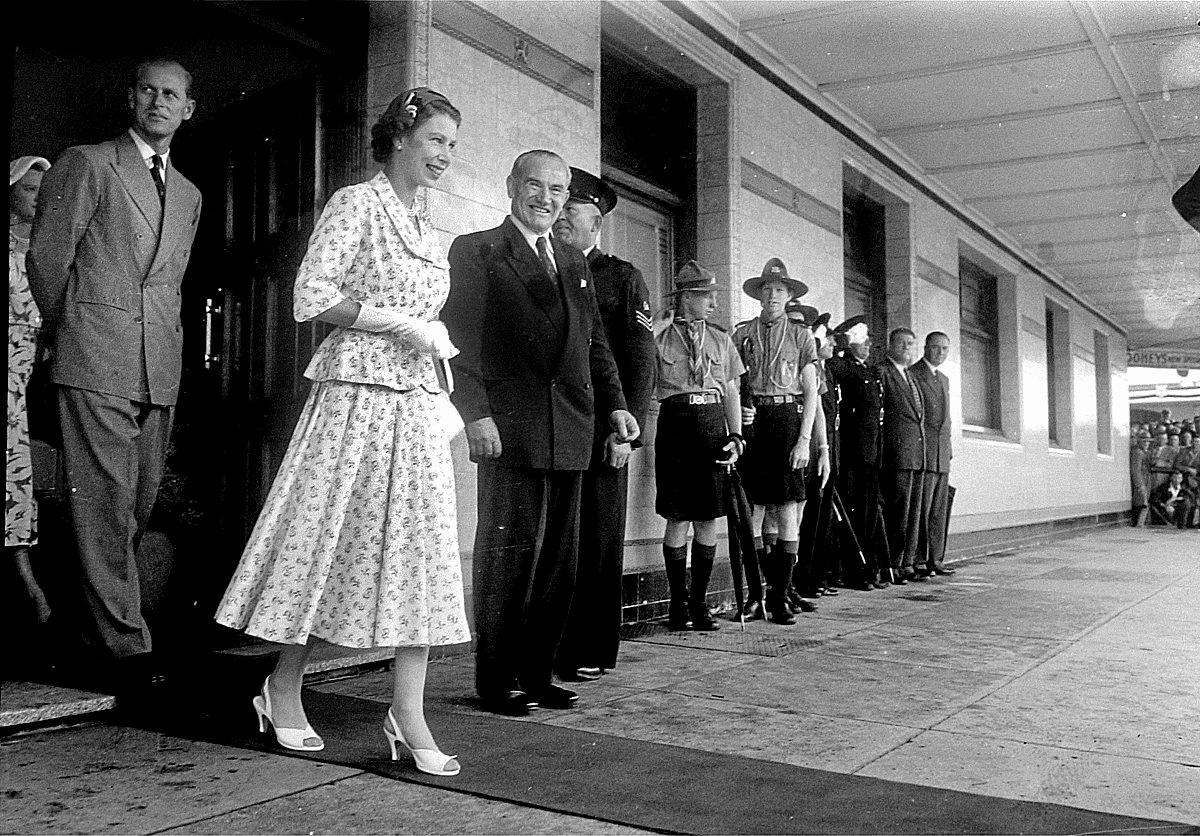
As the only reigning British Monarch to visit Australia, Queen Elizabeth II attracted considerable crowds during her eight-week tour. One million onlookers watched her arrival in Sydney at a time when Sydney's population was only 1.8 million and countless more tuned in to the Australian Broadcasting Commission (ABC) radio's national coverage of the event. The Royal Arrival was the first televised event in Australia, the Amalgamated Wireless Australia (AWA) filming the event and relaying the footage to the Spastic Centre in Mosman. Printed programs were used to organise the event at a time well before the invention of portable telephones and email, and every person involved synchronised their watches at 9am each day to the ABC time signals. The tour consisted of visiting 57 towns and cities during 58 days and the mode of transport varied from plane, train, ship and car with planned events and engagements morning, noon and night. It comes as no surprise that it was the largest planned event in Australian history at the time. Despite the heat and glaring Australian sun, the Queen could still be seen adorning elbow-length gloves and was rarely seen in sunglasses. The only setback of the tour was an outbreak of polio in Western Australia, which spurred Menzies to insist the royal party reside and dine only on the SS Gothic to prevent exposure to the viral disease. Since her 1954 tour, Queen Elizabeth II has returned 15 times.
3. Melbourne hosted the 1956 Olympic Games

Apart from the Equestrian event in Stockholm, the 1956 Summer Olympics hosted in Melbourne was the first time the Games had been held in Oceania. At this time, Germany was still split between East and West, but the International Olympic Committee still managed to bring the two Germanys together under one flag to compete. Due to the Soviet invasion of Hungary, Spain, Switzerland and the Netherlands boycotted the Games and Egypt, Lebanon and Iraq followed suit due to the Franco-British Suez intervention. To symbolise world unity, the Closing Ceremony was changed so that all athletes paraded together, a suggestion made by John Ian Wing, an apprentice carpenter from China living in Australia.
4. Many iconic food brands launched during the 50s
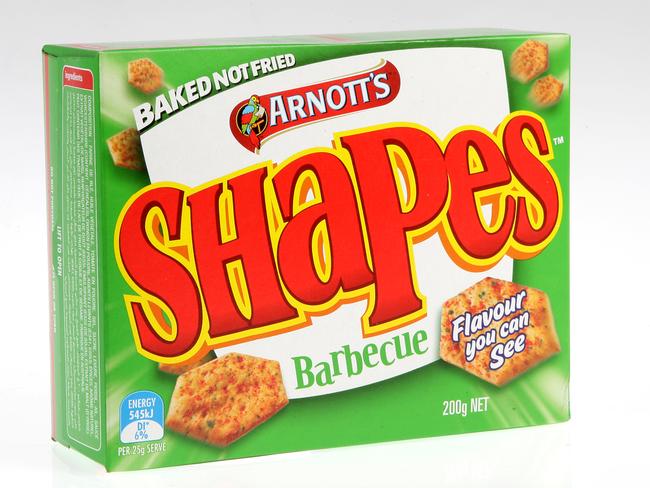
Once wartime food rationing finally ended in 1950, iconic Australian foods began making a name for themselves. Twisties and Savoury Shapes biscuits both launched in the 50s, quickly becoming some of Australia's favourite snacks. Some would argue these beloved nibbles are integral to the Australian identity even today! The Street's Paddle Pop and Gaytime became Australian food icons as well, although the Gaytime wasn't originally golden but made of a combination of ice cream, chocolate and strawberry shortcake. If one were to walk down the freezer aisle at any major supermarket today, one would notice the Birds Eye brand on almost every shelf. The Fish Fingers product debuted in 1956 and has become such a staple in the Australian freezer that the amount of Birds Eye Fish Fingers now sold today would cover an area twice the size of Tasmania!
5. Commercial television was launched in 1956
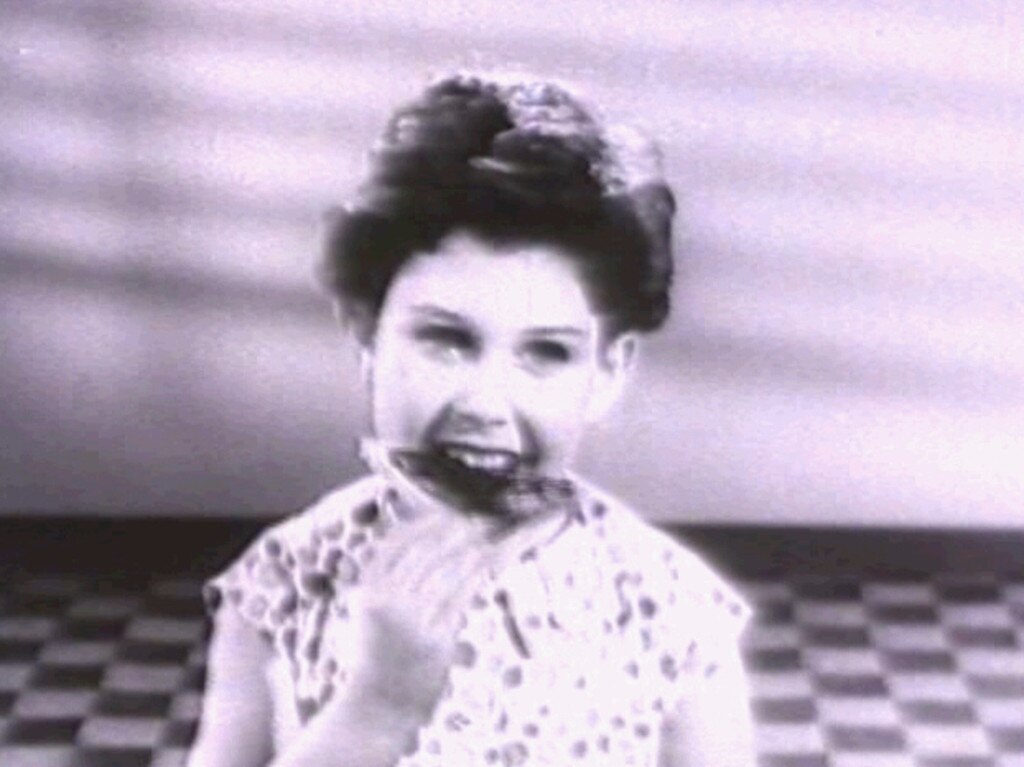
Commercial television brought with it TV advertising and many memorable TV shows. The new medium was introduced in time for the Olympic Games and was launched with the words by advertising executive Bruce Gyngell, "Good evening, and welcome to television". Australia was facing a recession and shortages of labour and materials at the time, so the Menzies government and many citizens saw television as a drain away from the industries that needed resources most. This led to the granting of commercial TV licenses to established print media proprietors and in 1954 the amendment of The Broadcasting Act 1948. This amendment introduced a two-tiered system of television - one tier included stations funded by the government and run by the ABC, and the other tier included commercially funded stations that received revenue from advertising. Due to limitations in videotaping technology in the early days, many local programs were broadcast live-to-air. As a result, television programs followed a similar format to radio, favouring quiz formats. One of Australia's most beloved television programs in the 50s was the quiz show Pick a Box. The Happy Little Vegemites jingle was also a popular advertisement of the time.
6. Labour-saving consumer products became all the rage

The romanticisation of consumerism, a tale of star-crossed products in suburbia, drove many households in the 50s to become accustomed to many labour-saving products. Victa Lawnmowers kept the suburban block neat and tidy and was a much smaller and nimble product than some of its competitors, one of which required two men to operate. Electric appliances helped reduce the strain of household chores for housewives including electric stoves and Sunbeam Mixmasters. Saving housewives time in the morning baking bread for the family, sliced and packaged bread emerged in supermarkets and the Tip Top brand became the first national bread brand in 1958. To keep drinks cool as families sat on their Victa-mowed lawns, the Esky was invented and with single-use cans came the emergence of soft-drink vending machines. Not only could one buy a carbonated sugary drink while out-and-about, one didn't have to return the bottle afterwards! The milk industry had similar innovations with the milk carton. To epitomise consumerism in the 50s, Shopping Centres started emerging all over Australia, including the Chermside Drive-In Shopping Centre in Brisbane that included a supermarket, 24 speciality stores and a car park for 650 cars.
7. 1951 State Grants (Milk for School Children) Act was enacted

From 1951 to 1973, school children up until the age of 13 were required to drink milk at morning-tea break under the State Grants (Milk for School Children) Act, despite the milk sometimes sitting out in the sun all morning. Although it may have put an entire generation of children off milk forever, it was enacted to improve children's nutrition post-war. However in 1979, the Whitlam Government abolished the Act after a report deemed school milk poor value for money. No doubt, children rejoiced across Australia!
The 1950s indeed saw many changes that impacted the Australia we all know today. Although it may not have been grassy blocks and detached houses for some, many innovations and events in the 50s driven by consumerism were pivotal in Australia's development as a nation post World War II.
By Sophie Robertson
Sources: